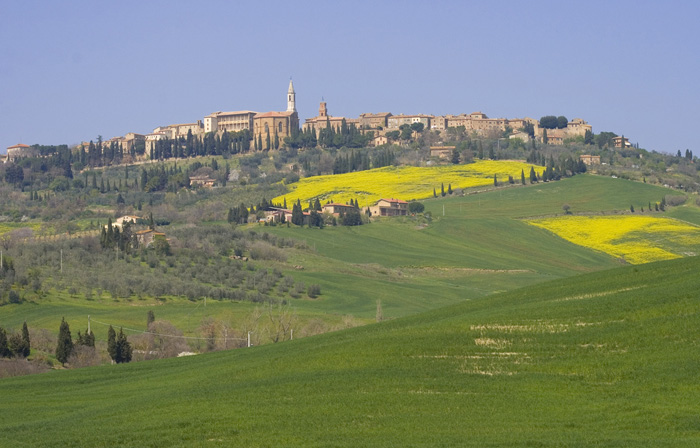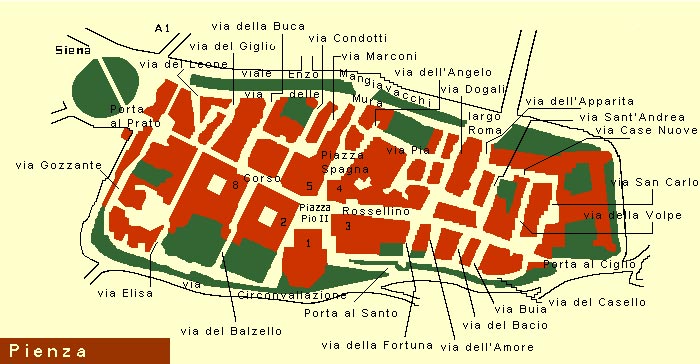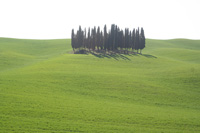| Pienza |
Pienza, situated in the province of Siena, in the Val d'Orcia between the towns of Montepulciano and Montalcino, is the 'touchstone' of Renaissance urbanism. Although Sienese, Pope Pius II had actually been born in a small town south of Siena called Corsignano. Beginning in 1459, he attempted to establish this town as a papal seat. In 1462 he rechristened it Pienza in honour of himself, rated it to a bishopric, and hired Bernardo Rossellino, who had previously been a capomaestro on Nicholas V's new apse and transepts for St Peter's and had worked in an elaborated classicising style in Florence, to transform its centre into a suitably coherent setting for the town's new status.
|
||||
|
||||
|
||||
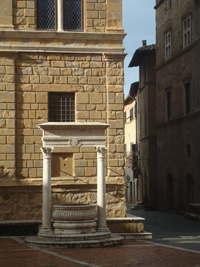 |
 |
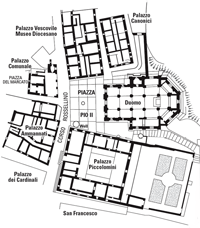 |
||
Pienza, Pozzo dei Cani in the Piazzo Pio II
|
Palazzo Comunale
|
|||
 |
||||
Porta al Prato o porta al Murello, with a fresco of the Piazza Pio II, Pienza
|
||||
|
|
|||
 |
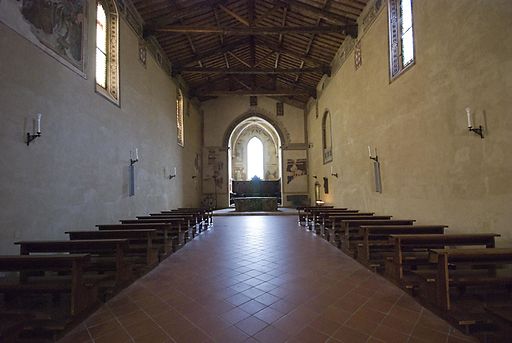 |
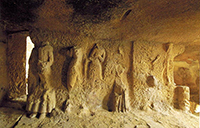 |
||
|
Romitorio di Pienza | |||
 |
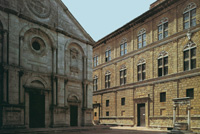 |
 |
||
Pienza, Palazzo Piccolomini, cortile
|
||||
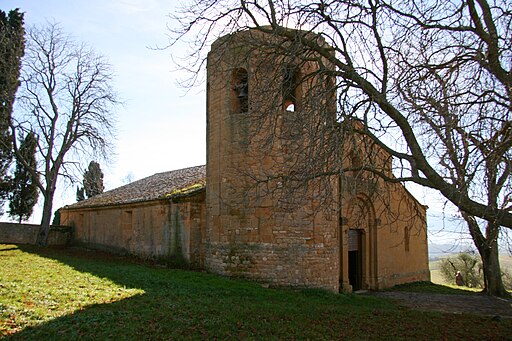 |
 |
 |
||
Pieve dei Santi Vito e Modesto a Corsignano
|
Pieve Corsignano interno
|
Pienza, Palazzo Piccolomini, giardino | ||
|
|||
Visitors to Tuscany come for many reasons. Many come in search of fine art and medieval history, others to explore the extraordinary countryside and its rolling hills.
|
||||
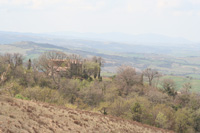 |
||||
Val d'Orcia" tra Montalcino Pienza e San Quirico d’Orcia
|
Podere Santa Pia | Colline sotto Podere Santa Pia |
||
 |
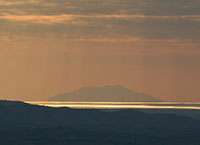 |
|||
Podere Santa Pia, con una vista indimenticabile sulla Maremma Toscana, fino al mare e Isola Montecristo |
||||
|
||||
Podere Santa Pia, situated in one of the most idyllic parts of Tuscany, overlooking the hills of the Valle d'Ombrone, the sea and Monte Christo |
||||
